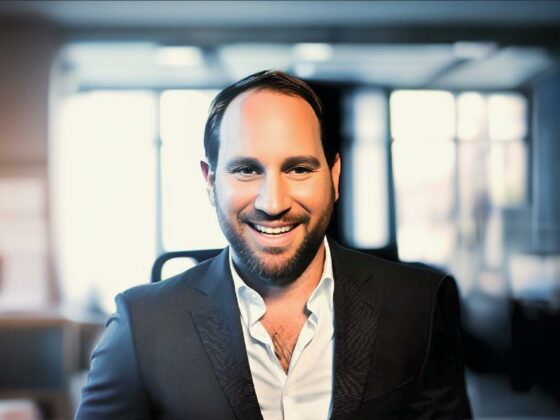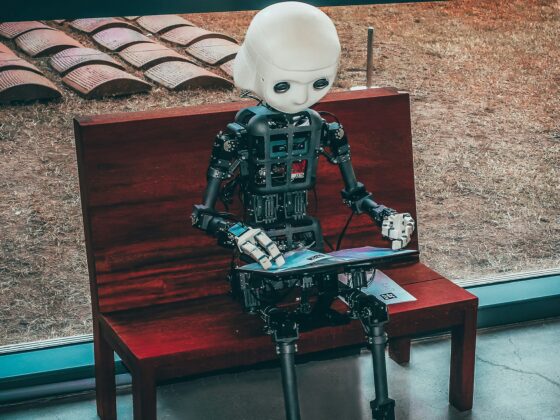As a marketer, I am sure you have read the McKinsey report https://lnkd.in/giuYjaxr by now, which stated :
“In fact, not one of the 50 or so senior marketing leaders we interviewed at Fortune 500 companies could clearly articulate the ROI of their organization’s investment in martech and how it’s driving value. Rather than tying outcomes to revenue growth, customer lifetime value, or strategic business goals, most marketing teams simply track operational metrics such as email sends and open rates, or campaign delivery metrics such as impressions delivered and reach.” (First paragraph under title Martech is not measured like a growth engine)
There are many blogs and articles from the marketing community offering their comments, some of which are not only focused on the above line, making it more interesting. This is one good article by Andrew Birmingham 🕵️♂️ https://lnkd.in/gMv4HkHC
Zoom in to China, the situation is different, but the result is the same – there is little room for a real CMO to do his/her job. But the reason is that the measurement of any tool used is highly scrutinized.

To the point that some e-commerce performance is reviewed multiple times a day.
Also, the measurement, though a few layers deeper than the last click, is still difficult to fully encompass the entire buying journey of a consumer.
Furthermore, using technology to save on labor cost does not work as there are many capable, young and inexpensive talents flooding the market every year.
As a result, you rarely see a big investment in any martech tools, as spelling out the return is extremely difficult.
Unless you can prove the technology will drive the full funnel from awarenes to action and reduced the expensive media cost.
Attached is an interesting research paper telling us how we might be using Generative AI to improve advertising in the wrong way.
The worst performance is when you use Generative AI to change a human-made content/creative, and also by being transparent to tell them it is AI-generated.
The best is to let AI do it all from scratch.
However reports from pioneers such as this one make us think twice to hand in the reins entirely https://lnkd.in/ghG8sqmV
It’s extremely difficult to backstep.
Both the McKinsey report and Scott Brinker mentioned https://lnkd.in/gDmRE8Zy the opportunity is in the agentic orchestration layer.
I always ask when seeing any data reports, dashboard of figures – who is designated to read, understand and analyze all data in the team?
And why is he/she able to do so?
AI again gives us hope, but I will add if with domain expertise
If you’re using AI for marketing, this is absolutely worth your time. It turns out that most of us may have been doing it wrong. 🫢 Researchers just published a massive study testing AI-generated ads against those created by humans. What they discovered challenges a lot of this early, conventional wisdom and defined some new best practices. 🤔
Here’s what they found…
➡️ Asking AI to edit and polish our existing ads is where it performs worst. When researchers tested AI-modified ads, performance actually dropped compared to the originals.
➡️ But, when they let AI create ads from scratch, it was a different story altogether. A 19% improvement in click-through rates (CTR) versus the human versions. AI redesigns of product packaging had even higher performance boosts. 😮
➡️ Telling customers it’s AI-generated drove CTR to the floor, plummeting by 31.5% Transparency requirements are coming, but this validates the pain in performance. This is probably something that the industry needs to figure out fast.
So, why do they think all of this happens?
➡️ When AI modifies existing ads, it loses that authentic feel that makes ads work. But creating from scratch, AI generates more emotionally engaging, visually fluent creatives that connect better with people.
How could you put this into practice?
➡️ Use AI as your ideation engine at the beginning of the creative process. Generate 20 concepts in minutes, then let humans select and refine the winners.
➡️ For small teams, this is important. You don’t need a massive creative department when one person who understands these principles can generate what used to take an entire team.
tl;dr – Stop asking AI to fix your ads. Start asking it to reimagine them completely. 😊
This awesome paper is attached below for your convenience.







